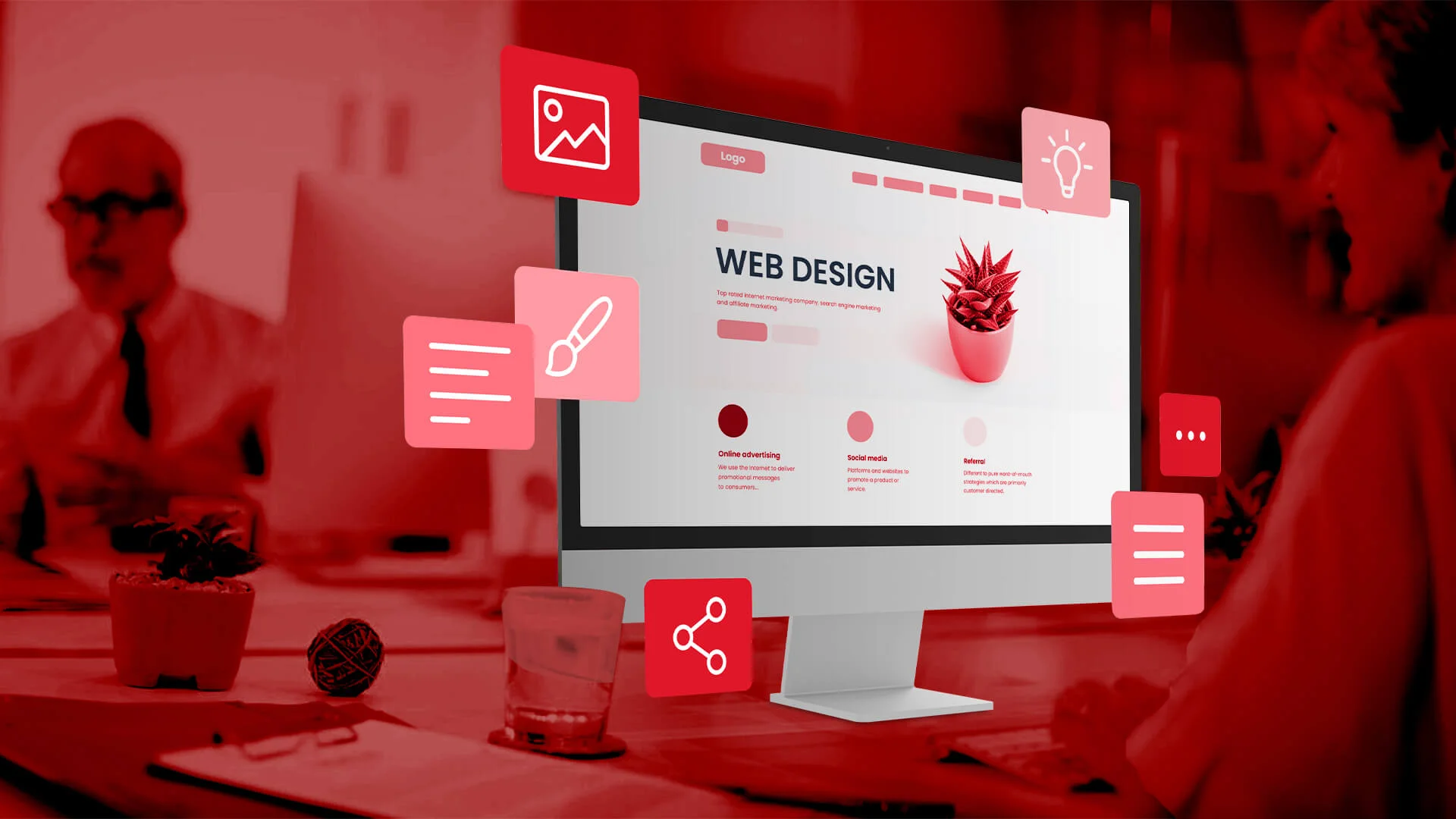Welcome to the exciting information of UI/UX design and development, where art and science come together to make digital experiences that people love. This detailed guide will show you how to make user interfaces (UI) and user experiences (UX) that are more than just pretty. We'll look at the principles, methods, and technologies that make up the field of user-centric design.
1. Learn about UI and UX
User Interface, or UI, design is all about making digital products look good and be easy to use. It's how something looks, feels, and works when users connect with it. UI designers carefully choose fonts, color schemes, and other visual elements to make an interface that is easy to use and looks good.
User Experience (UX): UX design looks at how a product's users will connect with it as a whole. It includes making user personas, understanding how users act, and mapping out their journeys. UX designers work to improve the whole experience by making sure it is easy to use, accessible, and satisfying for the user.
2. How Form and Function Get Together
When it comes to UI/UX design, form and function go hand in hand. UI cares about how things look, but UX makes sure that every design choice has a reason for being there. The hard part is making systems that not only look great but also work perfectly, so the design is harmonious and focused on the user.
3. Making wireframes and prototypes
Wireframes and prototypes are important parts of the planning process. Wireframes give your design a basic structure by showing where the different parts should go. It's even better with prototypes, which let designers make dynamic models that mimic how the user will feel. With these tools, designers can make changes to the plan and make it better before it is built.
4. The tools of the trade
UI/UX designers use a variety of tools to make their ideas come to life. Design tools like Adobe XD, Sketch, and Figma make it easier to make mockups and UI elements. Collaboration tools like InVision and Zeplin make it easier for designers and developers to talk to each other, which leads to a smoother workflow.
5. Design that is responsive and works on multiple platforms
Responsive design is very important in this day and age of many platforms. UI/UX designers make sure that their apps work well on screens of all shapes and sizes. This means paying close attention to layout, navigation, and visual features, making sure that the experience is the same and fun on all platforms.
6. Design thinking with others
UI/UX design is a group effort that involves teams from different departments. Design thinking methods urge designers, developers, and stakeholders to work together. Teams can come up with ideas that meet user needs and also help the business reach its goals if they encourage empathy and open communication.
7. Design for accessibility and inclusion
Making things accessible is a key part of UI/UX design. Designers try to make goods that are useful for a wide range of people. This means taking into account users with disabilities and making sure that everyone can enjoy digital encounters. Inclusive design is more than just following the rules; it shows a dedication to ensuring equal access.
8. Testing and iterating with users
A very important part of UI/UX design is testing with users. Real users give designers input, and designers look at how those users interact with the product to find problems. This iterative process lets the product keep getting better, making sure that the end product meets users' needs and gives them a smooth, enjoyable experience.
9. New technologies and the road ahead for UI/UX
UI/UX design is always changing because new technologies are coming out all the time. Voice interfaces, augmented reality (AR), and interactions driven by AI are changing what's possible. Keep an eye on these trends, and designers should come up with new ways to improve user experiences and make digital tools that feel natural.
The Bottom Line
As our journey through UI/UX design and development comes to an end, we see it as a constantly changing field that combines technology, imagination, and empathy. Making digital experiences is both an art and a science, and you have to keep learning about and meeting users' changing needs. Everything you do in this world has a story behind it, and every design choice changes that story.






